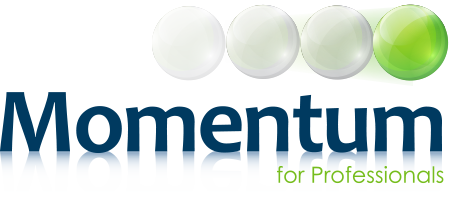Whilst the next couple of months can be some of the busiest for a lot of accountants, tax season also presents an excellent opportunity to carry out some proactive client care conversations. Not only can these be hugely beneficial to clients, but they also present an excellent opportunity to cross-sell other services.
So while liaising with your clients over their tax returns, also consider having conversations about some of the following areas which may be relevant to your clients:
Year-end tax planning review
Many accountants leave these discussions until February/March time. However, going through a client’s tax return can provide a useful reminder of areas that need to be considered for the current tax year. The earlier these discussions take place, the more likely that proactive steps can be taken to reduce the client’s current tax year bill.
Even if you are flat out busy in January, a quick conversation with the client now to book a year-end tax review meeting for early February, will often be well received.
To extend a year-end tax planning review to all your clients and to try and attract new clients, take a look at our Case Study on Free Tax Clinics.
MTD for VAT – Phase 2
From 1 April 2022 all VAT registered businesses will have to comply with the Making Tax Digital (MTD) regulations.
With Phase 2 now including VAT registered businesses with a turnover below £85,000, Self Assessment can provide a good opportunity to mention to clients who will be caught under these rules the key factors they need to be aware of including:
- The April 2022 deadline and the fact there will not be a soft landing period as there was with Phase 1. Therefore clients will need to be fully compliant by 1 April 2022 at the latest.
- If their turnover is below the VAT threshold, do they want to consider de-registering from VAT? Although if their turnover is above £10,000, they will ultimately be caught by the forthcoming MTD for Income Tax Regulations.
- If they are not using MTD compatible software at the moment, you should discuss what software options they have, i.e. using bridging software that they can use alongside Excel spreadsheets or moving to a full accounting and tax package.
Change can be unsettling for any clients, so talking to them and explaining the options and that you can help them comply with the new regulations, will help to strengthen your relationship with them.
MTD for ITSA
For those business clients or property landlords who aren’t caught by MTD for VAT, the bigger conversation to start having now is about MTD for ITSA. While the implementation date has been moved back to April 2024, this group of clients is undoubtedly going to need much more hand-holding to move onto this new system.
Many of these clients will only report their income and tax calculations through their Self Assessment returns, so the next couple of months provide an excellent time to start the conversation with them.
Those discussions need to include:
- How MTD for ITSA will affect them, when it comes into force and why they need to start making changes (if appropriate) in the next few months.
- What, if any changes they will need to make to their income and expenditure record keeping.
- What type of software will be best for them – end-to-end accounting software or bridging software?
- What training and support your firm will be able to provide them.
Plans for 2022
The start of a new calendar year prompts many people to make plans for the next 12 months and for some people these plans could be life-changing, such as leaving their job to start their own business.
The Self Assessment process is a great way to ask clients what their plans are for the next 12 months and in doing so to identify opportunities for how your firm can help them achieve their goals.
This may be helping them to:
- Set up their own business.
- Put together business plans and cash flow forecasts to help secure funding for a new or existing business.
- Look at succession planning strategies as part of their retirement plans.
- Consider estate planning and IHT plans to reduce future personal tax liabilities for them and their families.
The important thing to remember for all the above scenarios is to start the conversation and doing your client’s tax returns over the next couple of months presents the perfect opportunity to do so.

